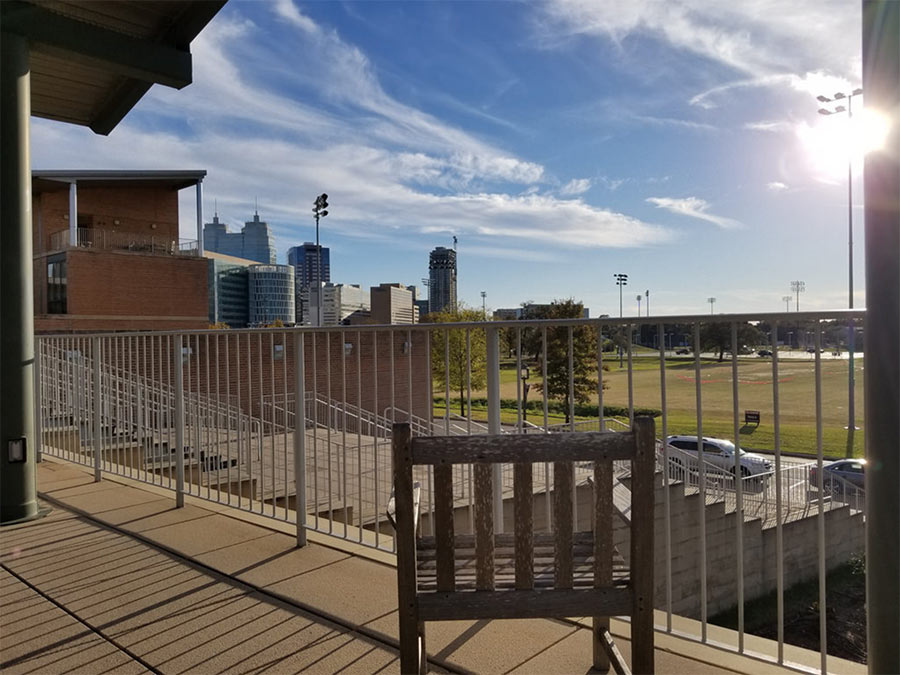
- Judge Delays Fort Bend ISD’s Request to Move the 95 Bodies It Dug Up by Accident [Houston Public Media; previously on Swamplot]
- Rice University to Build Faculty House That’ll Double as Student Gathering Space [HBJ ($)]
- Former Uchi Chefs Host Sneak-Peek Pop-Ups of Forthcoming New Sushi Restaurant Handies Douzo [Eater]
- Improved Brays Bayou Bridges Aim for Flood Control with Higher, Wider Spans [Houston Public Media]
- International HVAC Manufacturing Company Heading to Greenspoint [Houston Chronicle]
- Beemac Trucking Opens 2 New Houston-Area Terminals To Serve as Southern Headquarters [AP News]
- Full Restoration of Historic Third Ward John Biggers Mural Delayed as Building’s Leaky Roof Takes Precedence [Houston Chronicle]
- Snooze AM Eatery Galleria Location’s Dec. 12th Opening Is Sooner than Expected [Eater]
- Discount Grocer Joe V’s Smart Shop Slated for Dec. 12th Pasadena Opening [Houston Chronicle]
- Spring ISD Unveils Design for 3 Planned 9th Grade Centers [Patch]
Photo of Rice University at The Medical Center: Marc Longoria via Swamplot Flickr Pool
Headlines





The Forest Hill bridge near Mason Park is also currently being redone. Too bad bat housing underneath wasn’t incorporated into the new design.
fbisd is going to pay for 95 dna tests for a data bank of the bodies. btw, a dna test that’s legal in court costs ~$450 per body. grave remains can be relocated for new construction. the supreme court ruled that in 1949. and it happens all the time. main thing is it’s done with care and respect. the idea these 100 or-so year old graves shouldn’t be moved at all and the land be recreated as a cemetery is, well, dumb. i think the prisoners (?) if asked would prefer the education opportunity a new school offers for young people.
We’ve already seen what happens when they didn’t move the bodies.
dee: These are likely the graves of prison laborers, and prison labor was at the time not far off from slave labor (see, e.g., Slavery By Another Name by Douglas Blackmon). It’s fine to be for relocation. It’s not fine to act like this is just a normal cemetery, or to call it “dumb” to recreate it as a proper cemetery with commemoration of those impressed into sugar-field labor.
From the Holy Sepulchre Cemetery (Rochester, NY) website:
“Between 1871 and the 1950s, approximately 5,000 bodies were transferred to Holy Sepulchre from local Catholic graveyards.”
Among those was my great-great grandfather. His original resting place stood in the way of a highway construction project. Families could buy a new plot and headstone, or the remains would go into an unmarked mass grave. Most chose the latter option. Sentimental attachment to corpses can be expensive.
Relocating remains is nothing new, uncommon, or undignified. The needs of the living take precedence over the dead.